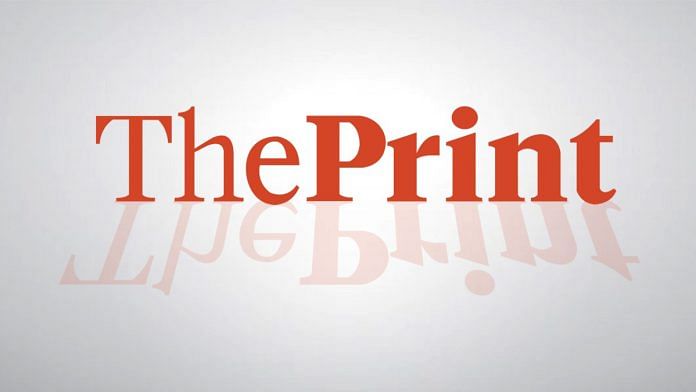New Delhi, Jul 18 (PTI) Andhra Pradesh is targeting 1 million metric tonnes (MMT) of green hydrogen capacity by 2030, which will require huge investments, Union Minister Pemmasani Chandra Shekhar said, urging investors to avail benefits of state policies.
On January 4, 2023, the Union Cabinet approved the National Green Hydrogen Mission with an outlay of Rs 19,744 crore and a target of producing 5 million metric tonnes (MMT) per annum of Green Hydrogen in the country by 2030. “Andhra Pradesh is now evolving into the beating heart of India’s green hydrogen ecosystem with an ambitious target of 1 MMT green hydrogen (20 per cent of nation’s production) per annum by 2030,” the Minister of State (MoS) for Communications and Rural Development Pemmasani Chandra Shekhar said at an event in Amravati, Andhra Pradesh.
He said NTPC Green Energy Ltd (NGEL), an arm of NTPC, is looking to develop a green hydrogen hub at Pudimadaka in Visakhapatnam.
India’s largest green hydrogen hub will be capable of producing 1,500 tonnes/day of green hydrogen and 7,500 tonnes/day of derivatives (green ammonia, methanol, sustainable aviation fuel).
The state will see investment worth Rs 1.85 lakh crore, he said.
Another player, Hero Future Energies, is also keen to set up a green hydrogen plant at Tirupati.
These investments and export-ready world-class ports of Andhra Pradesh are signalling to the world that clean-energy scale is both possible and profitable, the minister said.
Speaking on challenges, he said while the opportunities are immense, the path to a green hydrogen economy is not without hurdles.
He said cost competitiveness remains a challenge. Producing green hydrogen requires significant investment in electrolysers, renewable energy infrastructure, and storage systems.
Globally, green hydrogen costs USD 3-6 per kg, compared to USD 1-2 per kg for grey hydrogen. Scaling up production and improving electrolyser efficiency are critical to closing this gap, the minister said.
Another challenge is water scarcity.
Producing 1 kg of green hydrogen requires 9 litres of freshwater, and with India’s water demand projected to double its supply by 2030, innovations like seawater electrolysis are essential.
“Third, infrastructure gaps, including pipelines, refuelling stations, and storage facilities, must be addressed to enable efficient transport and distribution. Despite these challenges, Andhra Pradesh is forging ahead,” the minister said.
He also urged investors to participate in the state’s integrated value chain – from electrolyser fabrication to derivative fuels.
The state’s proactive policies, such as tax breaks, subsidies, and the draft Integrated Clean Energy (ICE) Policy 2024, are designed to overcome these barriers and accelerate green hydrogen adoption, Shekhar said. PTI ABI ABI SHW
This report is auto-generated from PTI news service. ThePrint holds no responsibility for its content.





